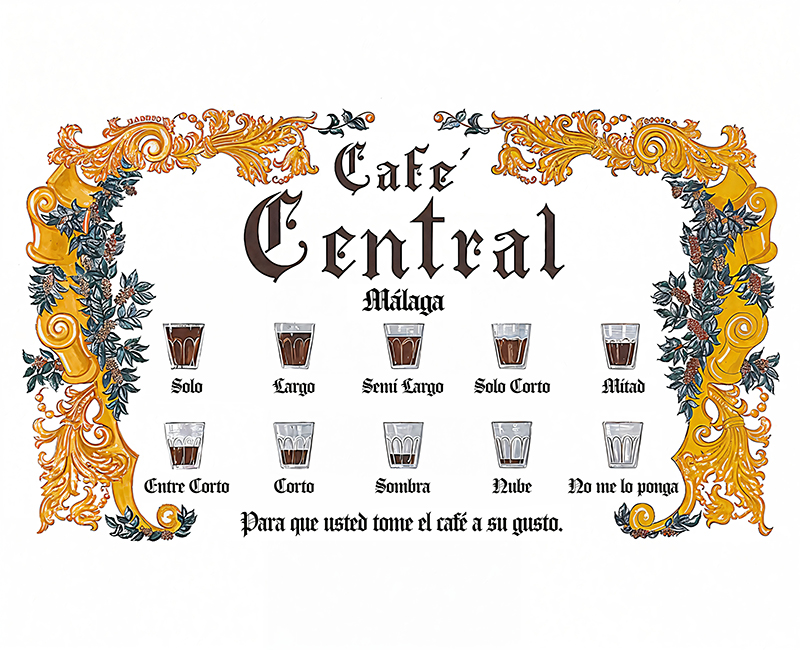Olive oil is more than food; it is liquid Mediterranean culture. In classical Greece, athletes anointed themselves with it before competitions, convinced it granted strength and protection. Later, in imperial Rome, olive oil was classified into five grades, with the finest reserved for senators and priests.
The essential difference
Both come directly from olives and are extracted mechanically. The key lies in the fruit’s quality and acidity:
- Extra Virgin (EVOO): acidity ≤ 0.8%, flawless, with a rich and aromatic profile.
- Virgin: acidity ≤ 2%, with slight imperfections and a more subdued taste.
Curious fact: in professional tastings, extra virgin oils must pass sensory panels that look for hints of green grass, almond or apple. Virgin oils, by contrast, tend to be flatter in character.
What about “mild” or “intense”?
Despite the labels, these are not virgin oils. They are refined oils —subjected to physical and chemical processes to neutralize flaws— later blended with a small amount of virgin oil to restore some flavour. Refining strips away polyphenols and antioxidants, the true jewels of olive oil.
How to choose wisely
- Always look for the “extra virgin” designation.
- Opt for dark glass or tin containers: light damages the aromas.
- Check for the harvest date (not only the “best before” date) to gauge freshness.
- A little-known tip: single-varietal oils (such as Picual or Arbequina) express the fruit’s character more clearly than generic blends.
Common myths
- Colour does not indicate quality; it depends on the olive variety and harvest stage.
- Peppery or bitter notes mean antioxidants are present, a marker of freshness.
- Bottles labelled simply “olive oil” are not virgin oils.
Final note
To fully appreciate its nuances, extra virgin olive oil is best enjoyed raw: drizzled over fresh bread, salads, or a simple tomato. Virgin olive oil, on the other hand, is better reserved for cooking. Beyond flavour, each drop is a cultural journey through centuries of Mediterranean tradition.



